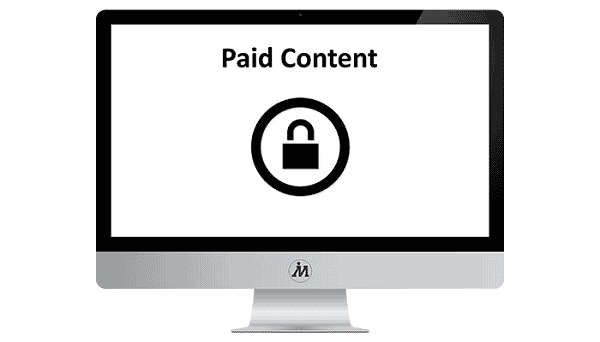The web is a great place. We can access information, communicate with people worldwide, and buy anything we want without leaving our homes. But, like everything else in life, the web has its downsides. Several trends have taken shape in the decades since it became mainstream, making it a more frustrating place to browse. In this blog post, we’ll look at some of the worst trends on the web today—and how to best fix them (when possible).
Invasive ads and popups

Somewhat related to slow loading times, another big problem with the web today is invasive ads and popups. We’ve all had the experience of trying to click on a link only to be bombarded by a popup asking us to sign up for a newsletter or download an app. These ads are not only annoying but can also be dangerous—some of them contain malware that can infect our computers.
You can do a few things to combat invasive ads and popups. First, stop popups with guardio. This will block most ads from loading, giving you a better browsing experience. Second, be careful about clicking on links—often, these links will take you to an advertiser’s website instead of the intended content. Finally, consider supporting your favorite websites by subscribing to their premium versions—most of these come with an ad-free experience.
Security threats

Another big problem with the web today is security threats. With all of our personal information available online, it’s no wonder that hackers and scammers are constantly finding new ways to steal our data. One recent trend is phishing scams, where criminals send emails that look like they’re from a legitimate company to get us to hand over our personal information. Another is ransomware, where hackers encrypt our files and demand a ransom to decrypt them.
You can do a few things to protect yourself from these security threats. First, never click on links in emails from companies you don’t know—even if they look legitimate. Second, install an antivirus program on your computer and run regular scans. Third, ensure all the software on your computer is up to date, as many security threats exploit vulnerabilities in outdated programs. Finally, be careful about what you share online—the more information you give out, the easier it is for someone to steal your identity.
Slow loading times

One of the most frustrating things about browsing the web today is slow loading times. We live in an age where we expect information to be delivered instantaneously, but often it feels like we’re stuck in a time warp where dial-up speeds are the norm. Part of the problem is that many websites are overloaded with large images, videos, and ads—all of which can take forever to load. Another issue is that some website owners don’t bother to optimize their code, making pages take longer to appear.
There are a few things you can do to combat slow loading times. First, use a browser extension to block ads (including those annoying autoplay video ads) from loading. This will speed up your browsing experience and reduce your data usage. Second, find ways to optimize the code on your website. If you’re not a developer, plenty of resources online can help you with this task. Finally, be patient! The web is constantly evolving; hopefully, these slow loading times will eventually become a thing of the past.
Paid content

Speaking of subscriptions, another trend that’s been growing in recent years is paid content. More and more websites are putting their best stuff behind a paywall, making it only accessible to those willing to shell out some cash. This can be frustrating for readers who are used to getting their news and entertainment for free.
Unfortunately, there’s not much you can do about this trend—if a website wants you to pay for its content, you’ll have to fork over the cash if you want to read it. However, there are some ways to get around this. First, try using a web proxy or VPN to access the content — in many cases, these services will be able to bypass the paywall. Second, look for alternative sources of information—there are usually other places where you can find the same content, even if you have to do a bit of digging. Finally, be patient—many times, paid content will eventually become available for free after a certain amount of time has passed.
The internet is always evolving, and keeping up with the newest developments might be challenging. However, you may make your online surfing more pleasurable by being aware of these trends and implementing countermeasures.
Read Also

